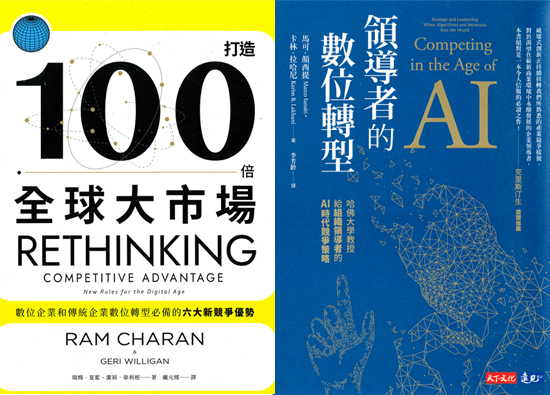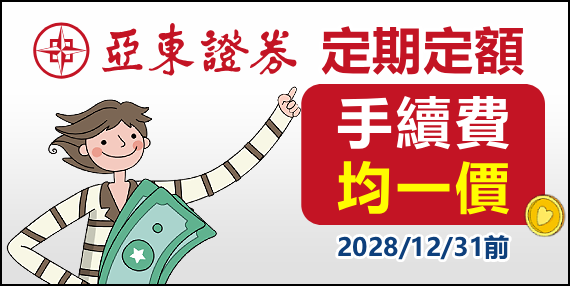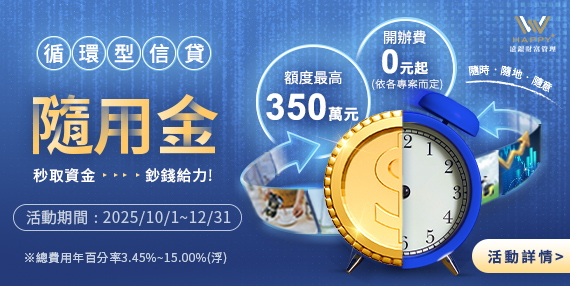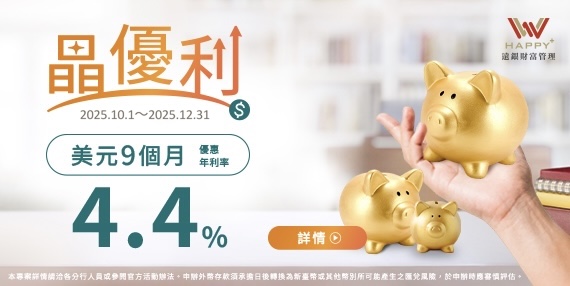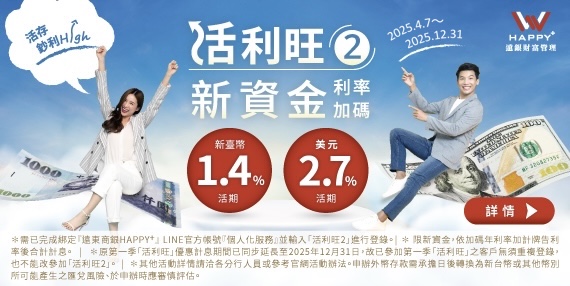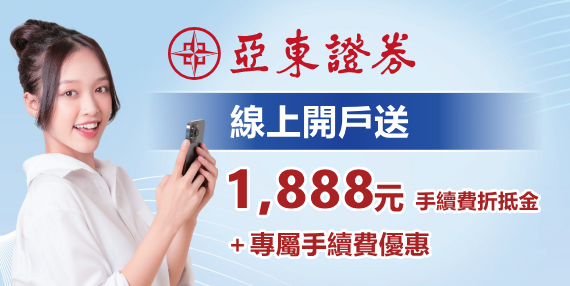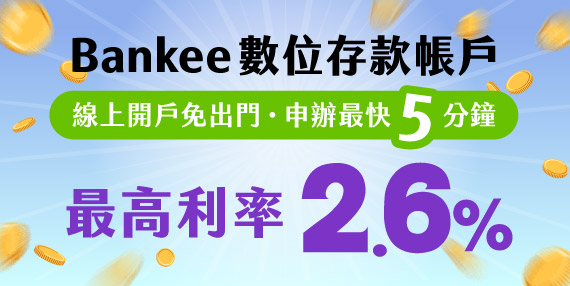02.2022 Life Guide
An investment tool with both offensive and defensive -- convertible corporate bonds
Oriental Securities Corporation / Li Mengxuan

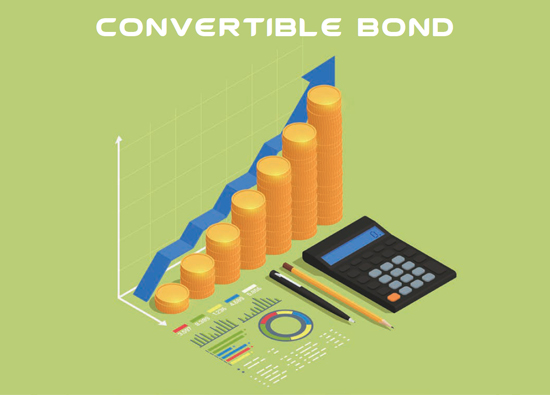
In the rapidly changing stock market, do you want to invest in stocks but fear losing your money? Convertible corporate bonds, the favorite financing method of many listed (OTC) companies, may be a good investment tool.
1、 What is a convertible bond?
Convertible bond (CB), referred to as convertible bond for short, is an investment tool with the nature of equity and creditor's rights. Bondholders can convert corporate bonds into ordinary shares of the issuing company at the agreed price within a certain period of time. In short, it is a kind of corporate bond that can be converted into stocks.
2、 Characteristics of convertible bonds
1 The trading method of convertible bonds is the same as that of stocks and can be freely traded in the securities market.
2 The coupon rate of convertible bonds is lower than that of ordinary corporate bonds. In practice, the coupon rate is mostly 0%. However, after the investor proposes to convert, the original corporate bonds will be eliminated and the investor will hold shares.
3 If the issue price is 100 yuan, it means that the denomination of each piece is 100000 yuan.
4 The conversion price shall be determined by taking the simple arithmetic mean of the closing price of ordinary shares as the benchmark price one, three or five business days before the price setting date (for example, one day divided by 1, three days divided by 3, five days divided by 5), and then multiplying it by the conversion premium rate. The conversion price should be higher than the benchmark price. In practice, the conversion premium rate is mostly set at 101% ~ 110%.
5 When the share price of the issuing company is higher than the conversion price, investors can convert convertible bonds into stocks within a certain period of time, and the conversion price is equal to the cost of holding stocks.
6 When the share capital of the company changes, or shares and interest are allotted, the conversion price will also be adjusted to protect the rights and interests of investors.
7 The issuance period is usually 3-5 years. When it expires, the issuer will repay it according to the face value or plus interest.
8 Convertible bonds can be designed with the right to sell back, usually 2-4 years after the issuance. Investors can sell back to the issuer according to the face value or interest compensation in accordance with the issuance measures.
3、 Trading considerations
How do convertible bond holders decide whether or not to convert into shares, or when? Mainly lies in the comparison between the conversion value and the market price of convertible bonds.
1 Conversion value and conversion ratio
1. Conversion value = conversion ratio * stock market price
2. Conversion ratio = face value ÷ conversion price, which refers to how many shares a convertible bond can be converted into.
3. Example: assuming that the convertible bond conversion ratio of company a is 10 (face value 100 yuan ÷ conversion price 10 yuan), it means that a convertible bond with face value 100000 can be converted into 10 shares of company A. If the stock price is 15 yuan at that time, the conversion value is 10 sheets * 15 yuan = 150000 yuan (10000 * 15).
2 Earn spread
When the conversion value is higher than the market price of convertible bonds, the conversion is profitable; On the contrary, if the conversion value is lower than the market price of convertible bonds, it will be unprofitable.
For example, if the share price of company a in the above example comes to 16 yuan, but a convertible bond is still only 150000 yuan, you can charge 160000 yuan for shares by buying convertible bonds and selling them into ordinary shares (regardless of transaction costs). Generally speaking, investors can get the shares in five days after they propose to convert; If you don't want to bear the risk of the rise and fall of the shares in these five days, you can also sell the ordinary shares by short selling when proposing the conversion, so as to ensure a profit. However, we must pay attention to the transaction cost and whether there is short selling of the stock.
3 Capital gains
Since the conversion value of the convertible bond will fluctuate with the underlying stock, the more valuable the convertible bond, the higher the price. Therefore, when the stock price rises, the price of the convertible bond will also rise.
4、 Advantages and risks of convertible bonds
1 Advance can attack and retreat can defend
The advantage of convertible bonds lies in its strong fall resistance and the benefits of stocks. When the underlying stock price or market conditions decline, it has little impact on the market price of convertible bonds, and the market price is supported by the value of pure bonds; On the contrary, when the underlying stock price rises, the market price of convertible bonds usually rises with the tide, which not only brings the income of the value of convertible bonds, but also has arbitrage space, which can be converted into stocks.
2 Low transaction cost
According to Article 2-1 of the securities transaction tax act, the securities transaction tax on corporate bonds and financial bonds will be suspended from January 1, 1999 to December 31, 115. Therefore, during this period, convertible bond transactions are exempt from certificate payment tax, which can reduce the transaction cost of investors.
3 Risk of convertible bonds
1. Stock price fluctuation risk: the underlying stock price is highly linked with the market price of convertible bonds. When the stock price falls, it will also bring losses to the value of convertible bonds.
2. Liquidity risk: Generally speaking, the liquidity of convertible bonds is low, which is not as hot as the stock market, and it may be difficult to realize assets.
3. Risk of early redemption: the issuing company has the right to buy back the convertible bonds in advance. Therefore, when the share price rises to a certain range and remains for a period of time, or the outstanding balance of the convertible bonds is lower than a certain ratio, the issuer can buy back the convertible bonds in accordance with the provisions of the issuance measures, resulting in the risk of early maturity.
5、 Conclusion
Convertible bonds are still bonds in nature, so investors should first re issue the company's credit risk and solvency. When the underlying stock price falls or is depressed, the holder can choose to continue to hold the bonds, and then get back the principal in accordance with the issuance method; If the stock price rises, the bonds will be sold or converted into ordinary shares to earn capital gains, so as to form an advantage of advancing and retreating.
Due to the low transaction cost of convertible bonds and the nature of capital preservation, it is more suitable for conservative, infrequent or do not want to spend time watching investors and depositors. When the loss is controllable, it is less likely to panic due to the fluctuation of the stock market, and the investment strategy can be implemented safely. Compared with the complexity and uncertainty of stocks, as long as the risk assessment is done before investment, convertible bonds can be regarded as a good investment tool option.
#
1、 What is a convertible bond?
Convertible bond (CB), referred to as convertible bond for short, is an investment tool with the nature of equity and creditor's rights. Bondholders can convert corporate bonds into ordinary shares of the issuing company at the agreed price within a certain period of time. In short, it is a kind of corporate bond that can be converted into stocks.
2、 Characteristics of convertible bonds
1 The trading method of convertible bonds is the same as that of stocks and can be freely traded in the securities market.
2 The coupon rate of convertible bonds is lower than that of ordinary corporate bonds. In practice, the coupon rate is mostly 0%. However, after the investor proposes to convert, the original corporate bonds will be eliminated and the investor will hold shares.
3 If the issue price is 100 yuan, it means that the denomination of each piece is 100000 yuan.
4 The conversion price shall be determined by taking the simple arithmetic mean of the closing price of ordinary shares as the benchmark price one, three or five business days before the price setting date (for example, one day divided by 1, three days divided by 3, five days divided by 5), and then multiplying it by the conversion premium rate. The conversion price should be higher than the benchmark price. In practice, the conversion premium rate is mostly set at 101% ~ 110%.
5 When the share price of the issuing company is higher than the conversion price, investors can convert convertible bonds into stocks within a certain period of time, and the conversion price is equal to the cost of holding stocks.
6 When the share capital of the company changes, or shares and interest are allotted, the conversion price will also be adjusted to protect the rights and interests of investors.
7 The issuance period is usually 3-5 years. When it expires, the issuer will repay it according to the face value or plus interest.
8 Convertible bonds can be designed with the right to sell back, usually 2-4 years after the issuance. Investors can sell back to the issuer according to the face value or interest compensation in accordance with the issuance measures.
3、 Trading considerations
How do convertible bond holders decide whether or not to convert into shares, or when? Mainly lies in the comparison between the conversion value and the market price of convertible bonds.
1 Conversion value and conversion ratio
1. Conversion value = conversion ratio * stock market price
2. Conversion ratio = face value ÷ conversion price, which refers to how many shares a convertible bond can be converted into.
3. Example: assuming that the convertible bond conversion ratio of company a is 10 (face value 100 yuan ÷ conversion price 10 yuan), it means that a convertible bond with face value 100000 can be converted into 10 shares of company A. If the stock price is 15 yuan at that time, the conversion value is 10 sheets * 15 yuan = 150000 yuan (10000 * 15).
2 Earn spread
When the conversion value is higher than the market price of convertible bonds, the conversion is profitable; On the contrary, if the conversion value is lower than the market price of convertible bonds, it will be unprofitable.
For example, if the share price of company a in the above example comes to 16 yuan, but a convertible bond is still only 150000 yuan, you can charge 160000 yuan for shares by buying convertible bonds and selling them into ordinary shares (regardless of transaction costs). Generally speaking, investors can get the shares in five days after they propose to convert; If you don't want to bear the risk of the rise and fall of the shares in these five days, you can also sell the ordinary shares by short selling when proposing the conversion, so as to ensure a profit. However, we must pay attention to the transaction cost and whether there is short selling of the stock.
3 Capital gains
Since the conversion value of the convertible bond will fluctuate with the underlying stock, the more valuable the convertible bond, the higher the price. Therefore, when the stock price rises, the price of the convertible bond will also rise.
4、 Advantages and risks of convertible bonds
1 Advance can attack and retreat can defend
The advantage of convertible bonds lies in its strong fall resistance and the benefits of stocks. When the underlying stock price or market conditions decline, it has little impact on the market price of convertible bonds, and the market price is supported by the value of pure bonds; On the contrary, when the underlying stock price rises, the market price of convertible bonds usually rises with the tide, which not only brings the income of the value of convertible bonds, but also has arbitrage space, which can be converted into stocks.
2 Low transaction cost
According to Article 2-1 of the securities transaction tax act, the securities transaction tax on corporate bonds and financial bonds will be suspended from January 1, 1999 to December 31, 115. Therefore, during this period, convertible bond transactions are exempt from certificate payment tax, which can reduce the transaction cost of investors.
3 Risk of convertible bonds
1. Stock price fluctuation risk: the underlying stock price is highly linked with the market price of convertible bonds. When the stock price falls, it will also bring losses to the value of convertible bonds.
2. Liquidity risk: Generally speaking, the liquidity of convertible bonds is low, which is not as hot as the stock market, and it may be difficult to realize assets.
3. Risk of early redemption: the issuing company has the right to buy back the convertible bonds in advance. Therefore, when the share price rises to a certain range and remains for a period of time, or the outstanding balance of the convertible bonds is lower than a certain ratio, the issuer can buy back the convertible bonds in accordance with the provisions of the issuance measures, resulting in the risk of early maturity.
5、 Conclusion
Convertible bonds are still bonds in nature, so investors should first re issue the company's credit risk and solvency. When the underlying stock price falls or is depressed, the holder can choose to continue to hold the bonds, and then get back the principal in accordance with the issuance method; If the stock price rises, the bonds will be sold or converted into ordinary shares to earn capital gains, so as to form an advantage of advancing and retreating.
Due to the low transaction cost of convertible bonds and the nature of capital preservation, it is more suitable for conservative, infrequent or do not want to spend time watching investors and depositors. When the loss is controllable, it is less likely to panic due to the fluctuation of the stock market, and the investment strategy can be implemented safely. Compared with the complexity and uncertainty of stocks, as long as the risk assessment is done before investment, convertible bonds can be regarded as a good investment tool option.
#





